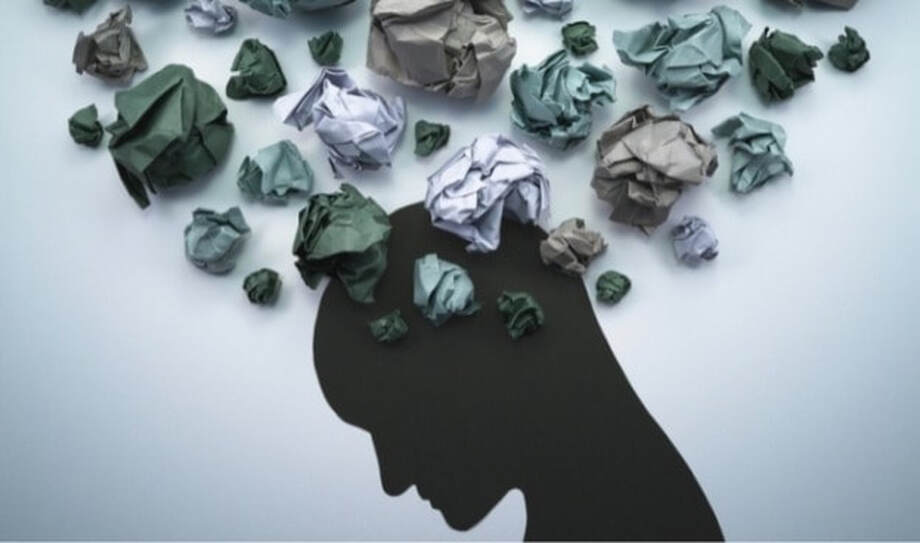"When Fear Hurts"
by
Patricia Adams Farmer
also posted in Spirituality and Practice
In Alan Gorden's new book, The Way Out: A Revolutionary, Scientifically Proven Approach to Healing Chronic Pain, he speaks of "catching your fears" as part of his therapy. Gordon demonstrates through neuroscience, case studies, and storytelling that fear plays a huge role in most chronic pain. Fear can create pain, he says. Learning how to be aware of our fears, observing them, and "catching" them before they get too cozy inside us may be the very image many of us need, chronic pain or not.
When we feel safe, our bodies and minds flourish in beautiful and healthy ways. But if our personality is inclined toward perfectionism or people pleasing, or if we have experienced trauma in childhood, or if we simply feel too much stress in daily life, we may live in a constant underlying state of fear -- even if we are only dimly aware of it. The kind of fear that causes and perpetuates chronic pain is especially deep and personal and hard to catch: the fear of failure, being rejected, not pleasing others, and not being " good enough." We may have been carrying these fears since childhood, and when something triggers that deep fear, the body gets stuck on "high alert" leading to what neuroscientists call "neuroplastic pain." It differs from structural pain as with a newly broken arm or the pain that comes from surgery. But it is just as real! And neuroplastic pain needs a different from of therapy called "Pain Reprocessing Therapy." The evidence from a recent major study in Boulder, Colorado tells us that it works. But you don't have to tell me.
All of a Piece
I have worked with my own chronic pain in my lower back and, after every other therapy was exhausted, I finally found relief in these very ideas. But then, it wasn't so hard for me to make the leap from structural to neuroplastic pain because of my early encounter with process philosophy and theology in graduate school. In the process way of looking at the brain and body, we see that it's all of piece, body and mind. They are not the same, but they are deeply interrelated. In process thought, I learned not only that the world is not divided into the material and the immaterial (a la Descartes), but that reality is more like droplets of experience that unfold and interconnect on the deepest levels of reality (a la Whitehead). So the mind and body are interrelated, influencing one another, even inhabiting one another. (Philosopher Jay McDaniel expresses this idea beautifully in his new book What is Process Thought: Seven Answers to Seven Questions.)
Catch a Falling Fear
Besides this fundamental interrelatedness of reality, Gordon's book mirrors another aspect of process thought, and that is hope. Just as one who suffers with chronic pain needs hope above all, so process thought inspires hope and awareness of fresh possibilities in each moment. It tells us to be mindful of our fears and not be afraid to face them, for all can be creatively transformed. Process theology tells us that God is in all things and all things are in God. Like the body/mind, God and the world are not the same thing (pantheism), but deeply interrelated, influencing each other (panentheism). When we "catch our fears" through mindfulness and self-compassion we are opening ourselves to the shining possibilities from God's own mind.
Remember the old song, "Catch a falling star/ put it in your pocket/save if for a rainy day"? Catching our fears and catching stars go hand in hand. Catching falling stars reminds me that heaven fashions for me fresh possibilities for each moment. But we also need to catch our fears through mindful awareness and let them go before we can fully embrace these precious divine possibilities. So the parallel song goes: Catch a falling fear and put it in your pocket . . . . then go to the nearest lake and toss it in! Only then can we catch the stars that heal and beckon us to move out beyond our fears.
Catch a Falling Star
Spirituality and medicine are different threads in a larger tapestry of interconnection. We need them both, and in the case of chronic pain, spirituality offers special gifts. From my own religious tradition, the Hebrew Bible and New Testament are saturated with the common theme: "Do not fear." God has shining stars of possibility ready to fall tenderly into our moments of pain and despair. All we need to do is to be mindful of these stars and say "yes" to them. Being open to these stars of hope fashioned just for us from God's own mind takes courage. But when we let go of our grip on fear, both our hands are free to catch a falling star and put it in our pocket.
And we don't even have to save for it rainy day, for these falling stars, bright and shining with novel possibilities, will never leave us in the dark. They fall in cascading rivulets of light, moment by moment, seeking the dark, secret, wounded places that create so much pain. God's own beckoning stars -- born of divine empathy and wisdom -- guide and heal. The big black sky of fear cannot overcome the persistence of stars.
Certainly, all chronic pain is not neuroplastic pain. (In his book, Gordon explains how to tell the difference between neuroplastic pain and structural pain.) But, if we suffer persistent pain, there is a good chance it has something to do with persistent fear. Just as fear hurts, so letting go feels good. Catch the fear and you might just catch a star, too – one by one, day by day, moment by moment.
